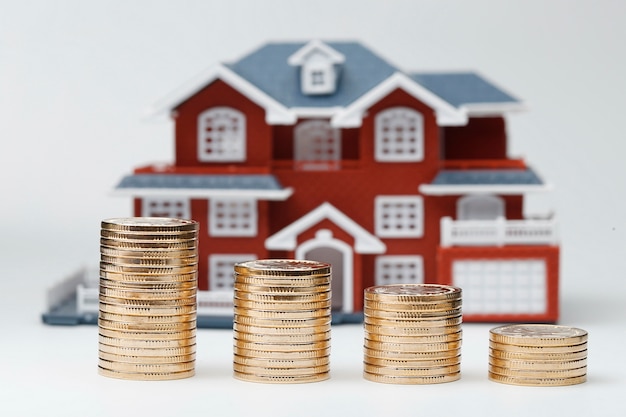Landlord Blog
Education and news for smart DIY landlords!
How to Adjust Your Home's Price If It's Not Getting Any Attention

Selling a home can be a stressful experience, especially if your property is not attracting potential buyers. If you've had your home listed for a while with little to no interest, the issue might be the asking price. Adjusting your home's price strategically can make all the difference in generating interest and securing a sale. Here’s how you can effectively adjust your home's price to attract buyers.
1. Analyze Market Conditions
Before making any price adjustments, it’s crucial to understand the current real estate market. Conduct research on recent sales of similar homes in your area. If comparable properties are selling for less than your asking price, you may need to lower your price to remain competitive. A real estate agent can help provide a Comparative Market Analysis (CMA) to guide your pricing strategy.
2. Assess Buyer Feedback

If potential buyers have viewed your home but haven’t made an offer, their feedback can be invaluable. Are they commenting that the home is overpriced? Are they mentioning features they wish were updated? If multiple buyers express concerns about pricing, it may be time to make a reduction.
3. Consider Your Timeframe
If you need to sell your home quickly, lowering the price can help you attract more buyers. However, if you have time on your side, you might choose to hold off and make smaller reductions over time. Being realistic about your timeline can help determine how aggressive your pricing adjustments should be.
4. Evaluate Your Home’s Condition
A higher price is often justified by a home that is move-in ready. If your home needs repairs or updates, buyers might not be willing to pay your asking price. Before lowering the price drastically, consider making minor improvements, such as fresh paint, modern fixtures, or curb appeal enhancements. These small changes can justify a higher price and attract more buyers.
Discover: Is It Worth Renovating Before Selling? Pros and Cons of Pre-Sale Home Improvements
5. Make a Strategic Price Reduction

Rather than making multiple small price cuts, consider a more significant reduction that will make an impact. A price drop that brings your home into a lower search bracket (e.g., from $310,000 to $299,000) can expose your listing to a new pool of buyers. Ensure that the new price is competitive with similar homes in your market.
Read more: 10 Helpful Tips on How to Price Your Home for Sale
6. Reevaluate Your Marketing Strategy
If your home isn’t getting attention, the problem may not be the price alone but also how it is marketed. High-quality photos, virtual tours, and an engaging description can make a big difference in attracting buyers. Work with your real estate agent to refresh your listing and explore new marketing channels.
7. Monitor the Market and Stay Flexible
Real estate markets fluctuate, and staying informed about local trends is essential. Keep an eye on competing properties and adjust your strategy accordingly. If demand increases, you may not need to lower your price further, but if inventory rises, you might have to be more aggressive.
Read more: Understanding Market Trends: How Agents Help Price Your Home Right
Final Thoughts
Adjusting your home’s price when it’s not getting attention can be a strategic move that leads to a successful sale. By analyzing market conditions, listening to buyer feedback, and making informed price reductions, you can increase your chances of attracting the right buyer and closing the deal. Stay flexible, work with a knowledgeable real estate agent, and remain open to changes to maximize your home’s appeal.
